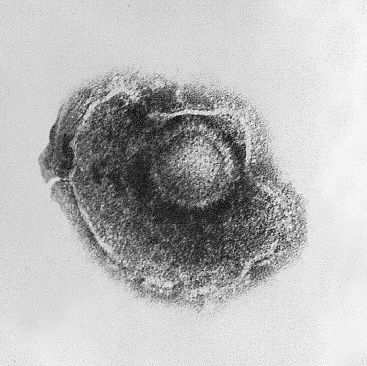
When it comes to viral diseases (and many other things), the old adage, “an ounce of prevention is worth a pound of cure” applies to almost every situation. There are few medicines that are effective against viruses. And they seldom, if ever, really provide a cure, but rather slow down the virus so the victim’s natural immune system can beat back the virus. the good news is that vaccines have been developed to stop people from catching and spreading many dangerous viruses. the bad news is that the vaccines are expensive to develop and produce. they are not without side effects, even though those side effects are generally mild and short-lived. I am sure you have heard of tetanus (lockjaw) shots, “flu shots” and “baby shots” and have likely experienced these vaccines since they are required by the government before attending school. however, there are other vaccines that are recommended but not yet required for school entrance. the target population of two of these vaccines has recently been expanded by the U.S. Food and Drug Administration. the vaccine to prevent herpes zoster, also known as shingles, has been available to adults 60 years old and older since 2006. however, it has not been given as widely as it should have been because of the excessive expense and inconvenience involved in receiving this vaccine. This past March, the indication for the shingles vaccine (Zostavax) was expanded to include adults age 50 to 59 years. This is a live attenuated virus vaccine, which means that you are injected with a weakened virus that can be fought off by your immune system. It will leave behind the capability for your immune system to keep the virus under control and prevent future outbreaks of the chickenpox virus, which is the virus that causes shingles. In a study of approximately 22,000 adults between 50 to 59 years of age who were followed for at least one year for the development of shingles, the vaccine reduced the risk of developing the disorder by approximately 70 percent. As with most vaccines, the most common side effects observed with Zostavax are redness, pain and swelling at the site of injection and headache. the FDA has also recently expanded the indication to boys ages 9 through 26 years for the vaccine Gardasil to prevent genital warts. This is a new use for a product already approved to prevent cervical cancer and genital warts in girls and women. Gardasil was already is approved in women to block four strains of the humanpapilloma virus (HPV) that cause the majority of cervical cancers and genital warts. about 50 million doses of Gardasil have been sold worldwide since its approval in 2006. Genital warts caused by HPV usually clear up by themselves, and the cancers caused by the virus are extremely rare in men. however, the spread of the HPV virus is generally through sexual contact. therefore, prevention in both genders is recommended. HPV infects about six million people in the U.S. each year. It usually causes no symptoms although rare cases can develop into warts and cancer in both men and women. Although Gardasil appears to be effective, there are some questions about the longevity of the vaccine’s effect and concern over its price tag of nearly $400. HPV immunity has only been tracked out to five years in women and three years in boys and men. This fact has caused some public health advocates to argue that more evidence should have been required to show evidence of Gardasil’s long-term effectiveness. however, others believe that the only way to really find this information is through widespread use of the vaccine in the hope that the spread of the virus and the cancer it causes can be decreased in the meantime. the concept of these vaccine indication expansions brings to mind another old adage, “a stitch in time saves nine.” I wonder if anyone besides me thinks in terms of old adages. if you are interested in obtaining Zostavax or Gardasil or other vaccines, contact your health care provider, pharmacist or public health department. if they do not provide the vaccines, they will know how you can get them.